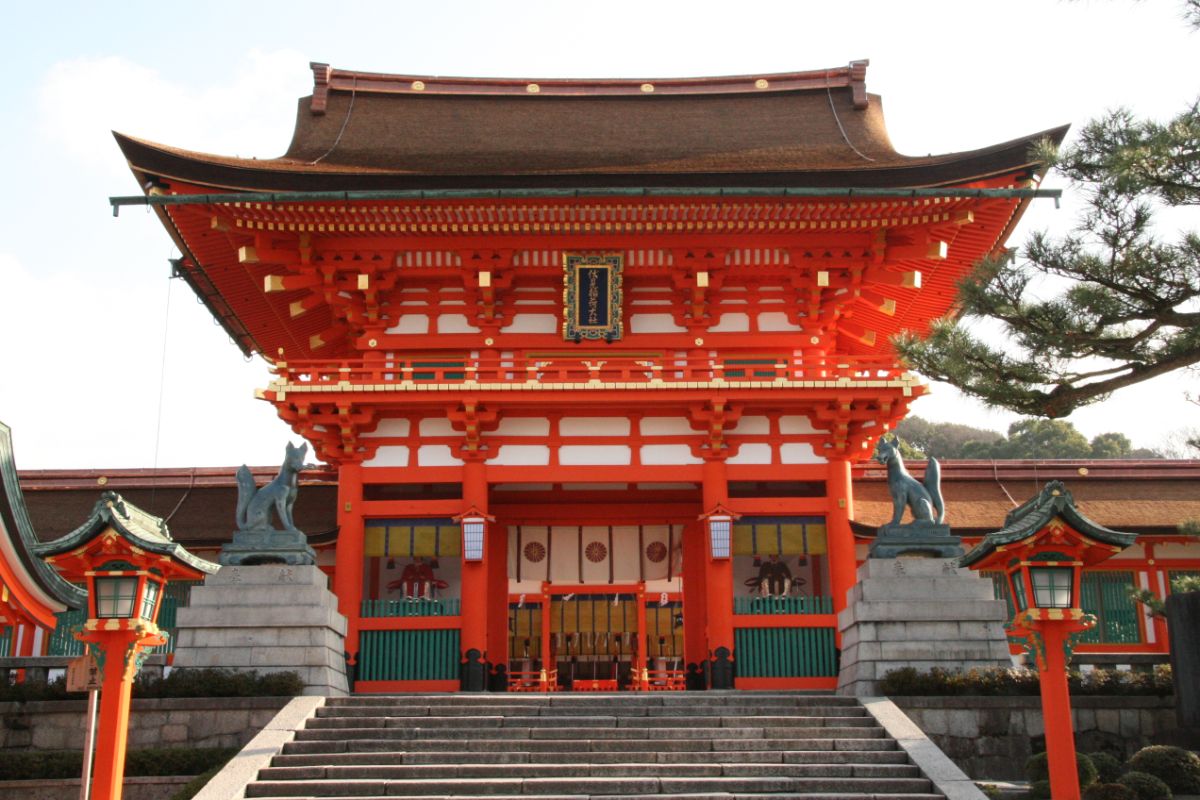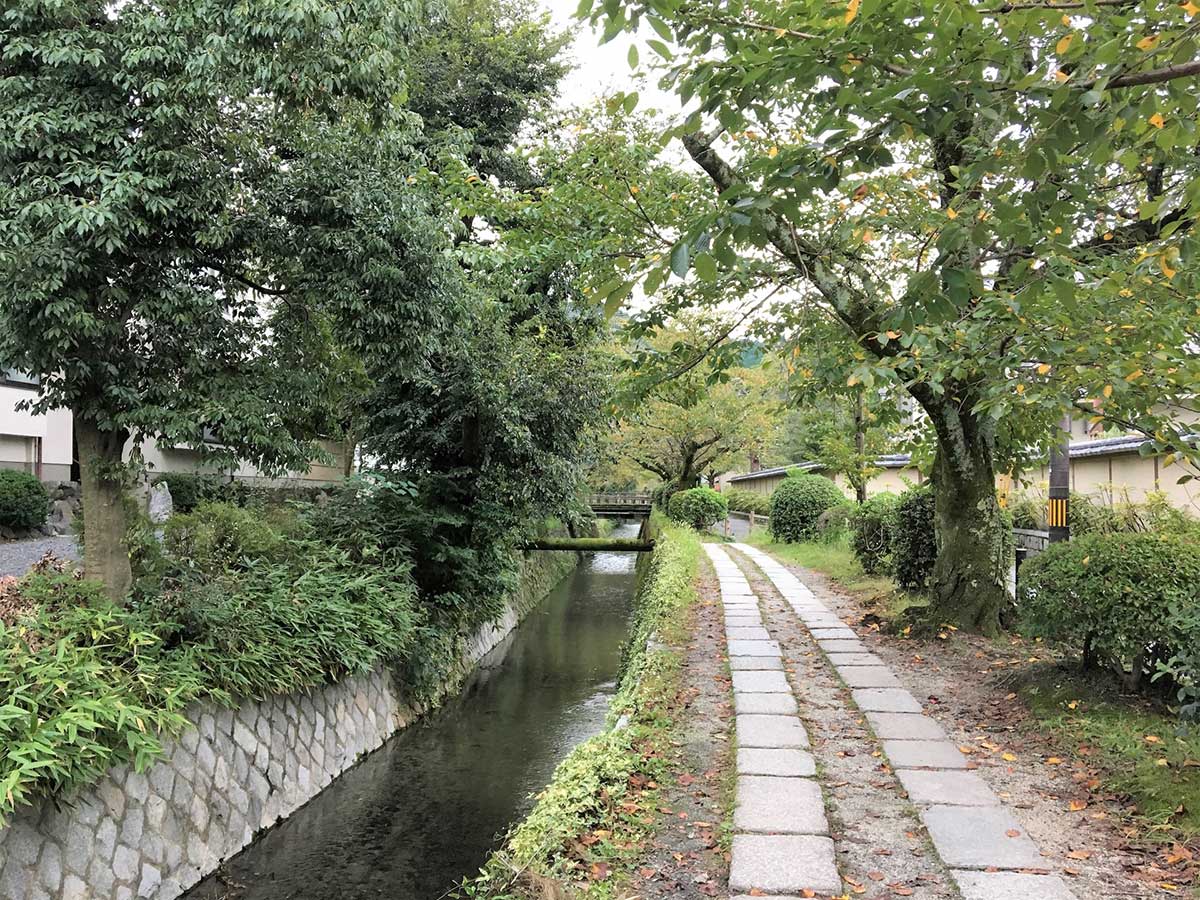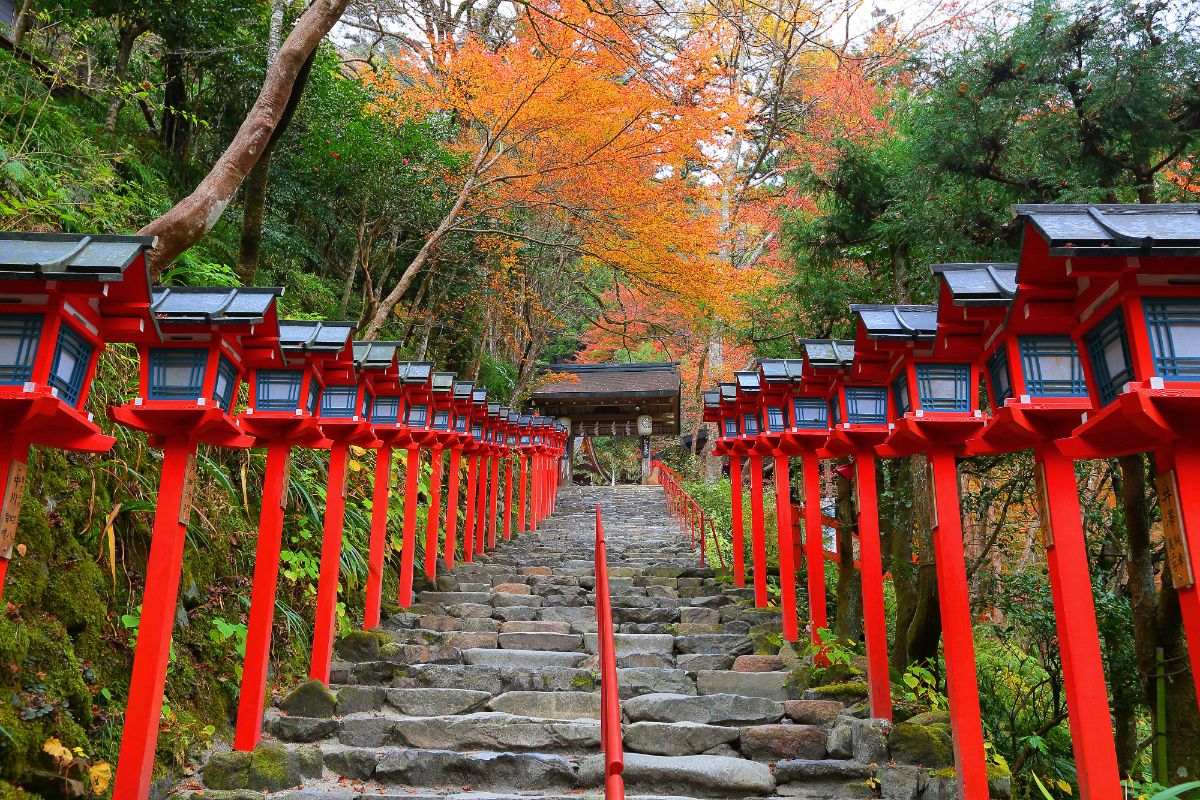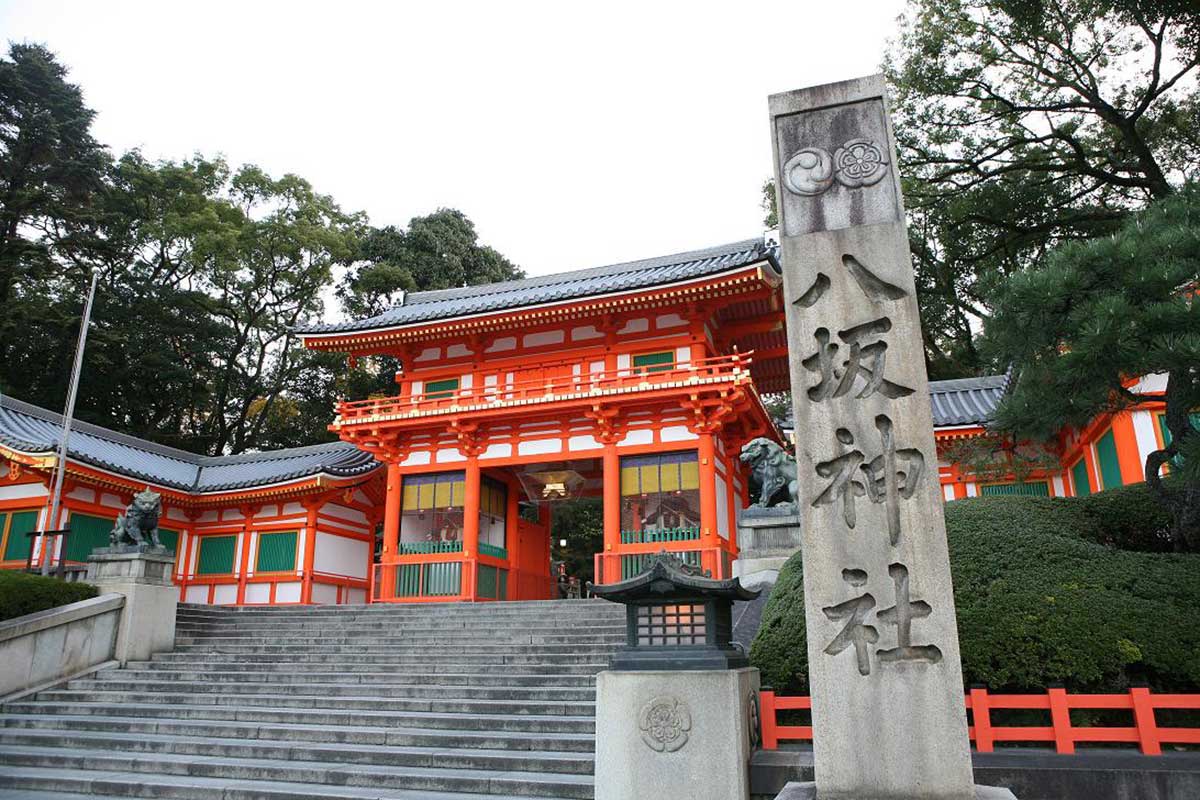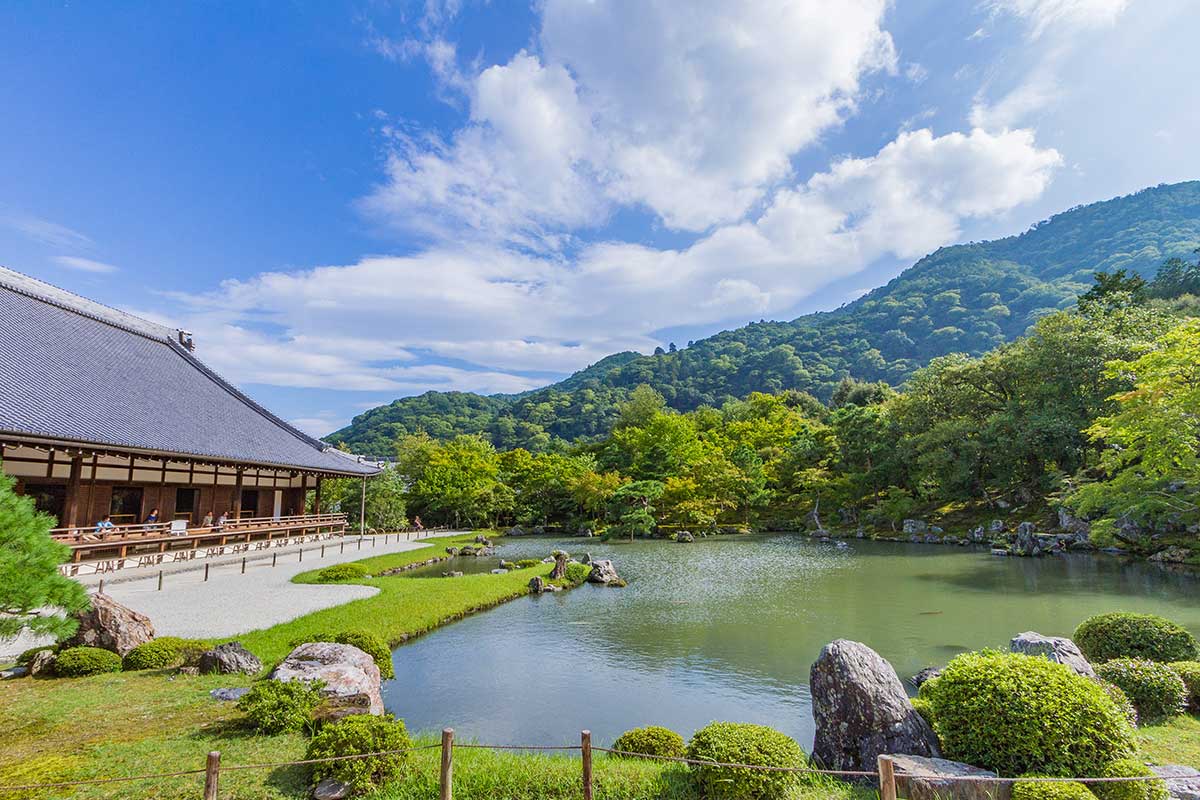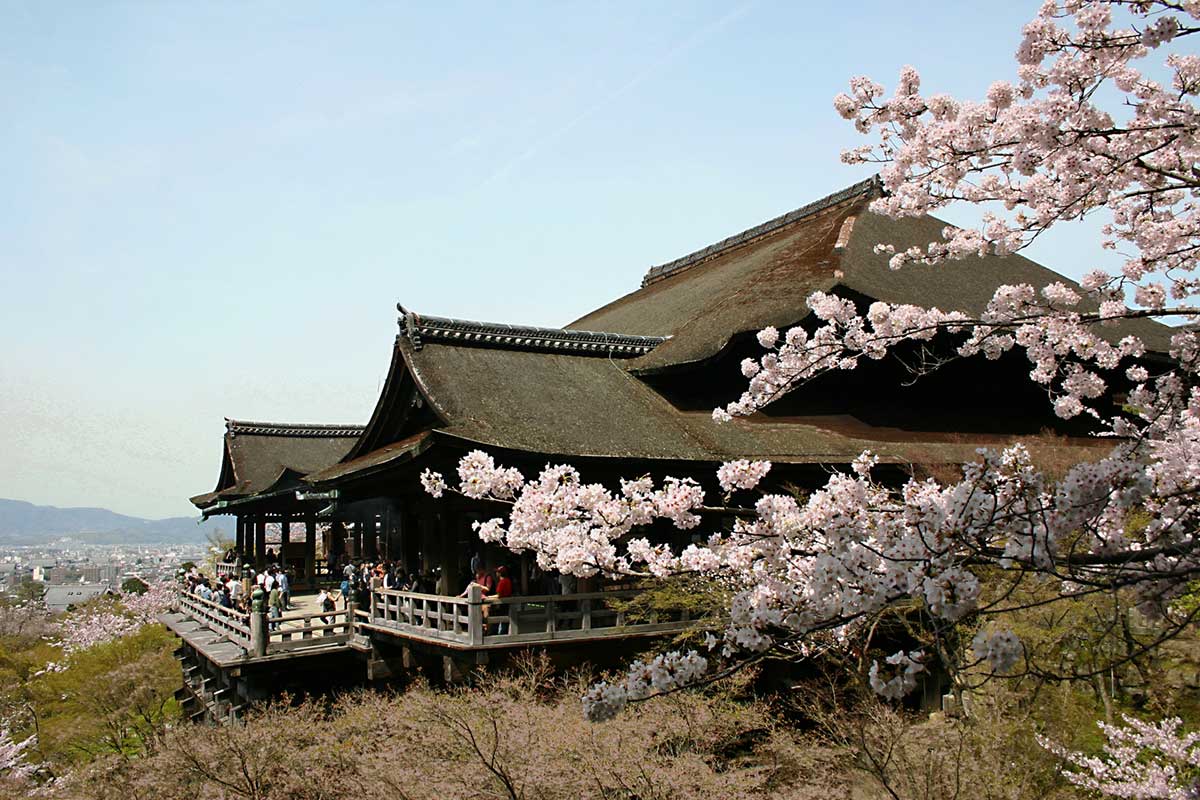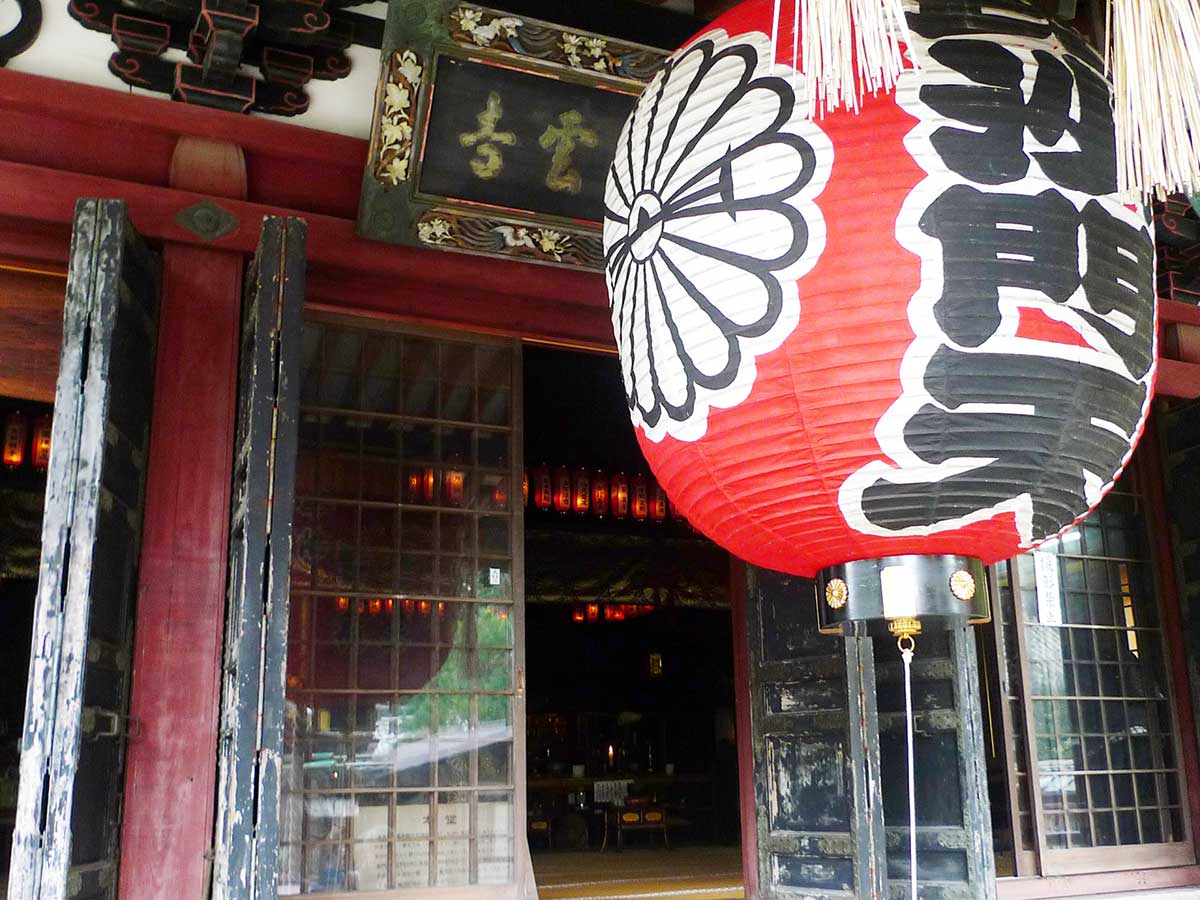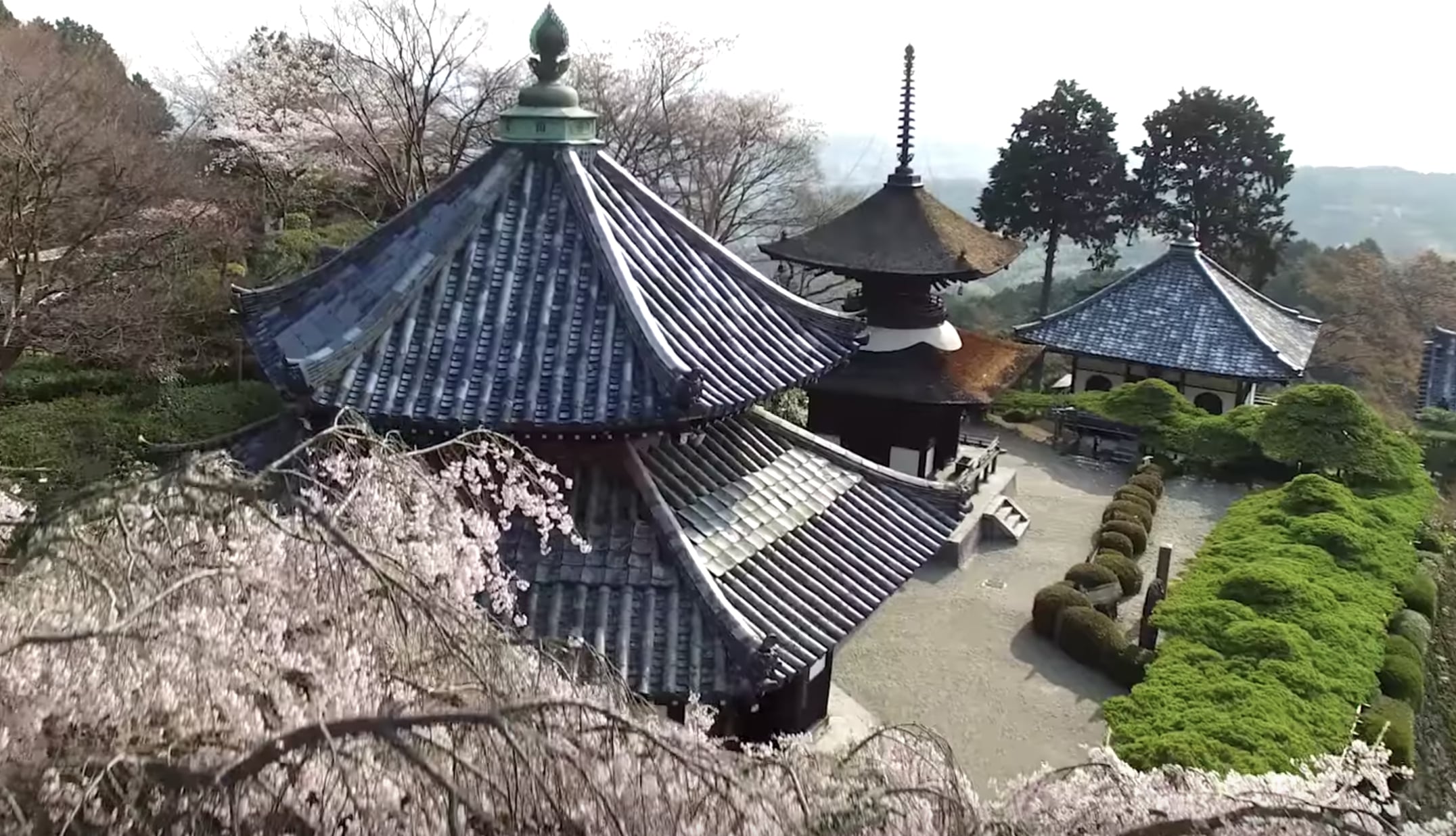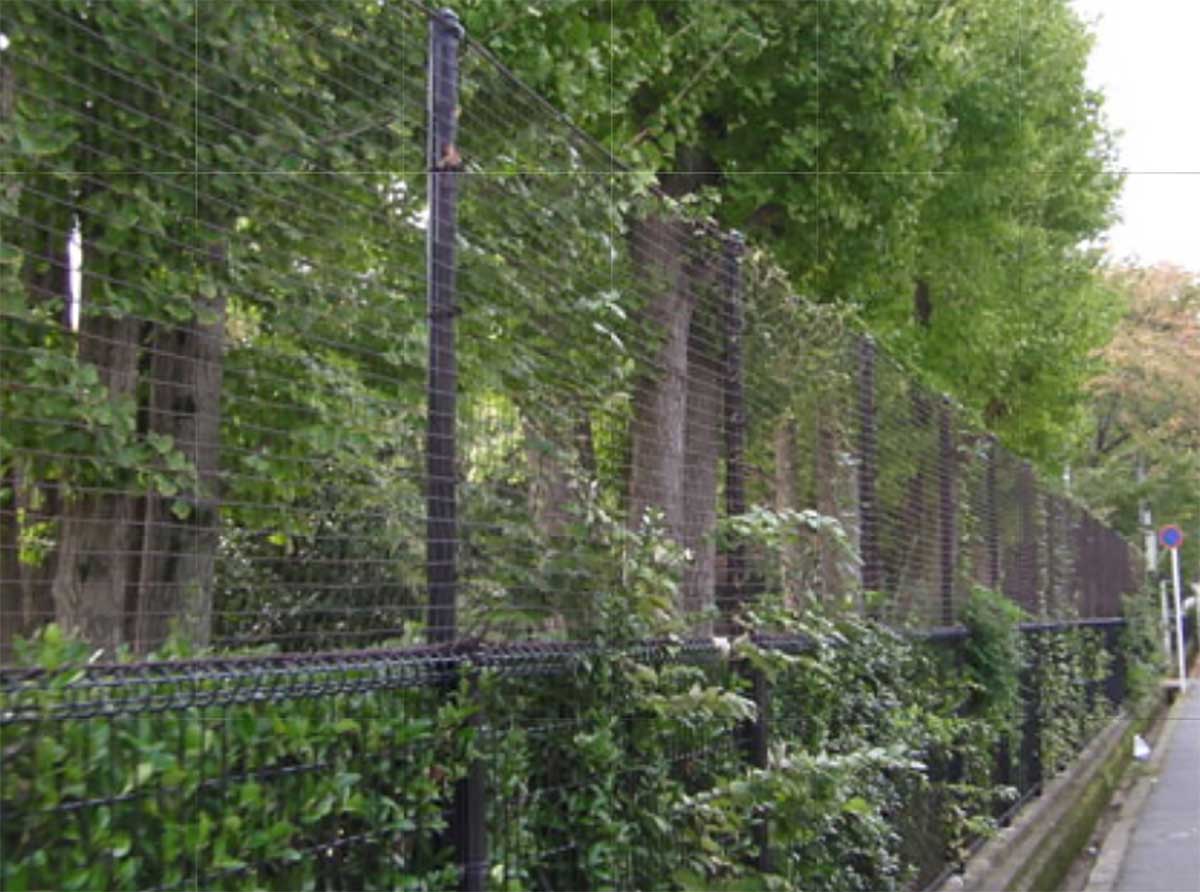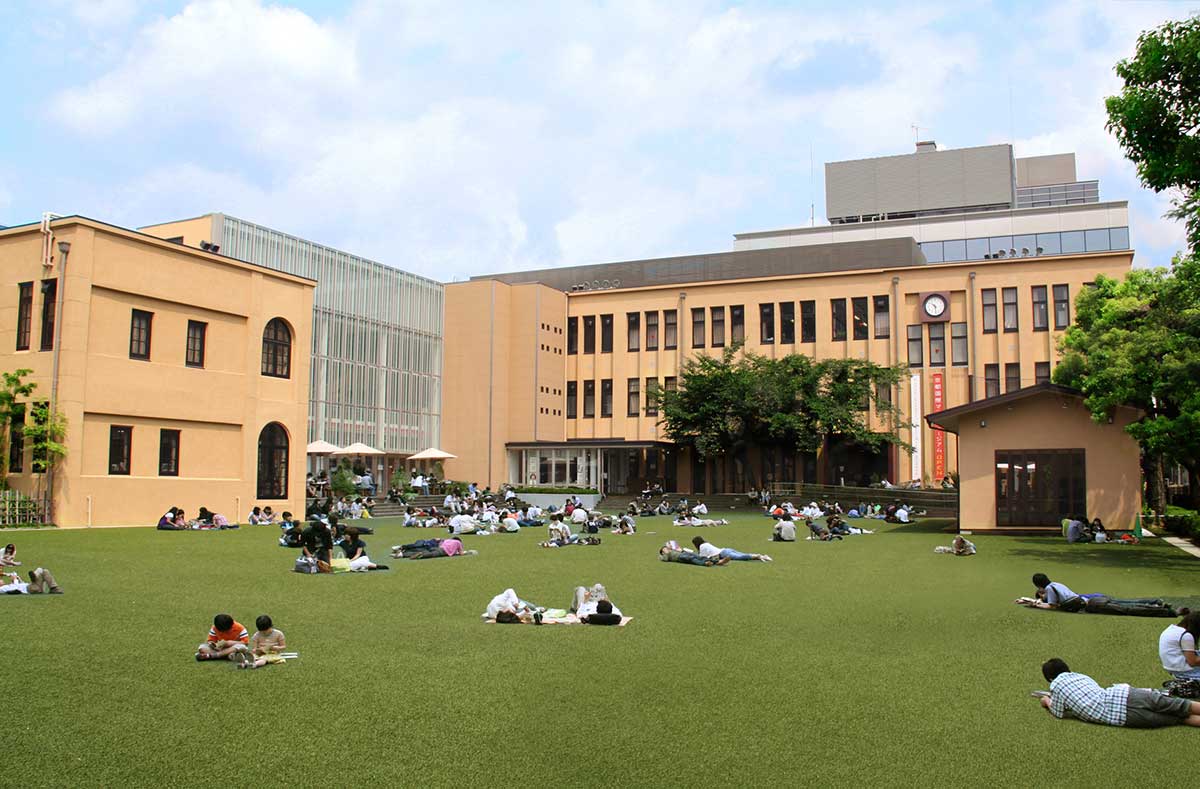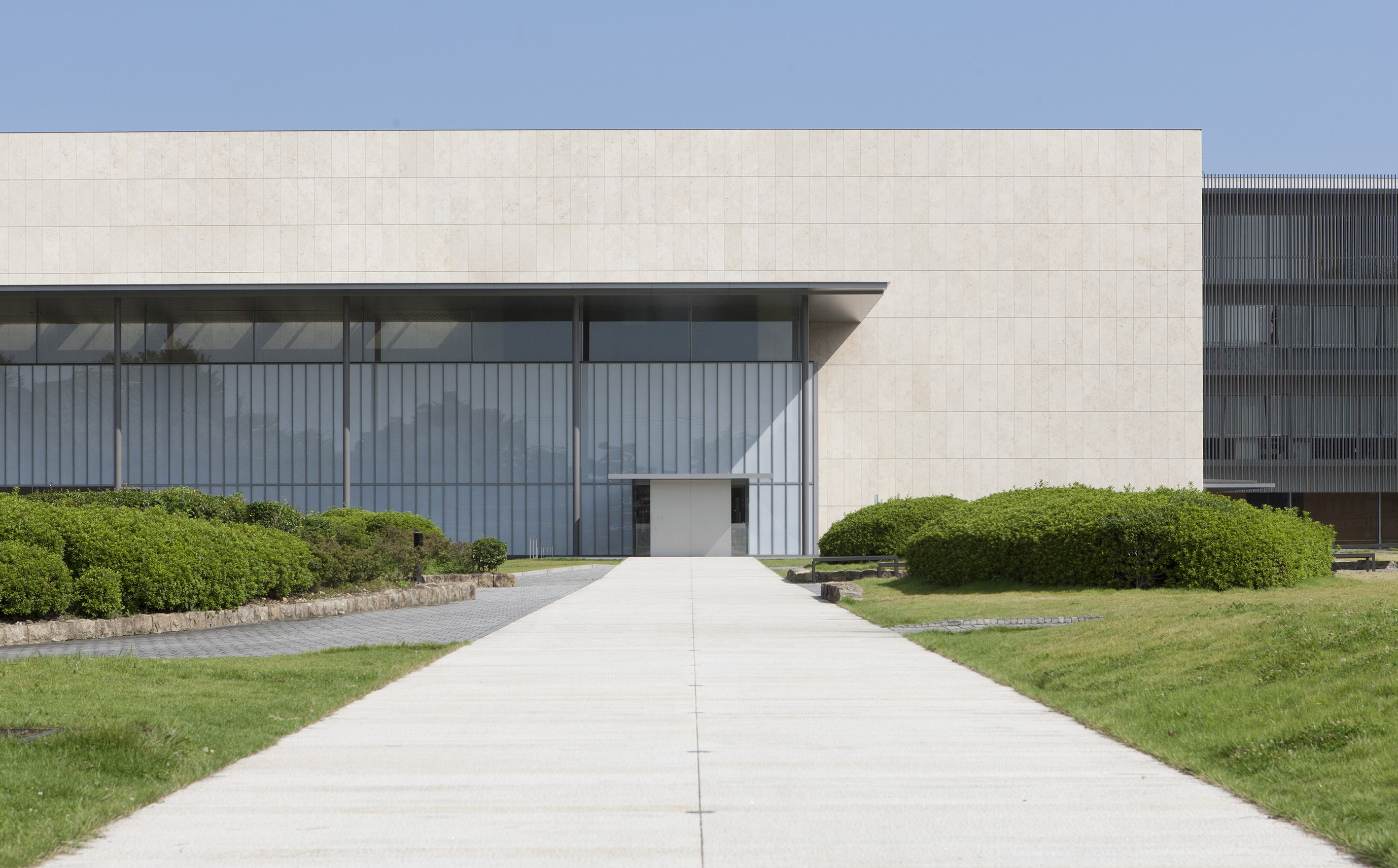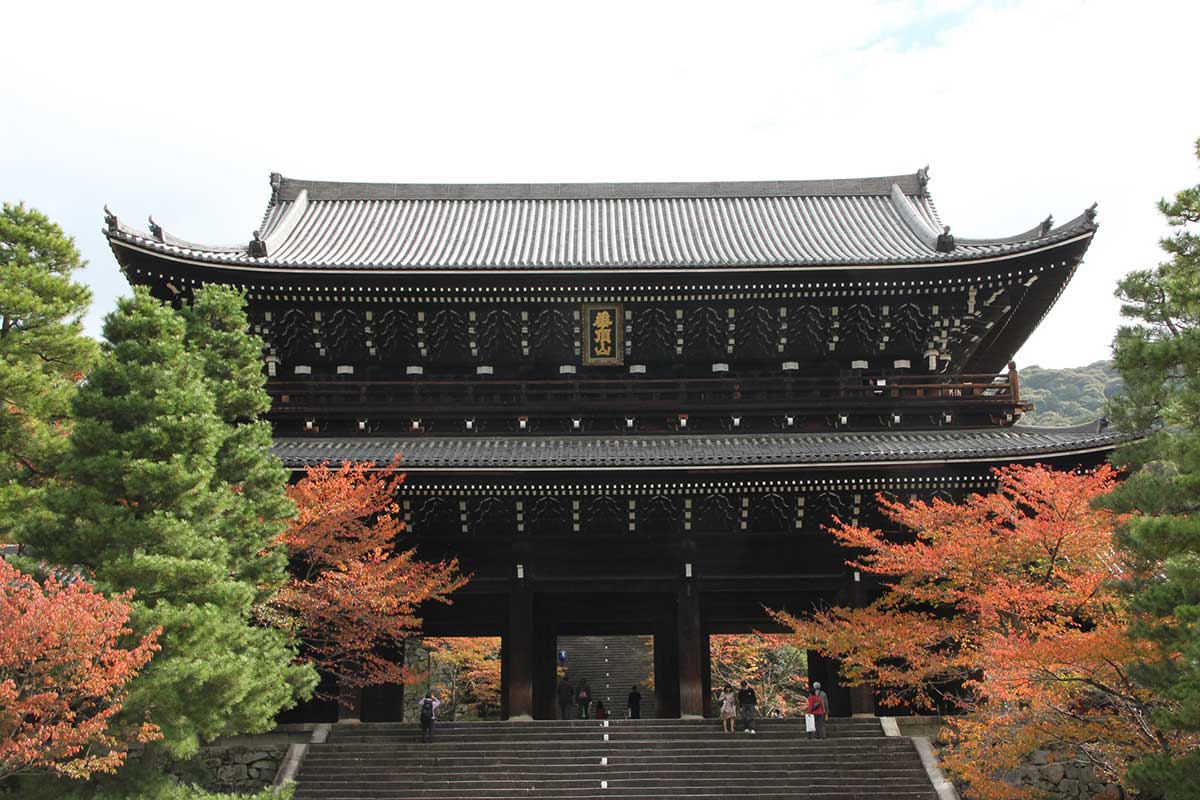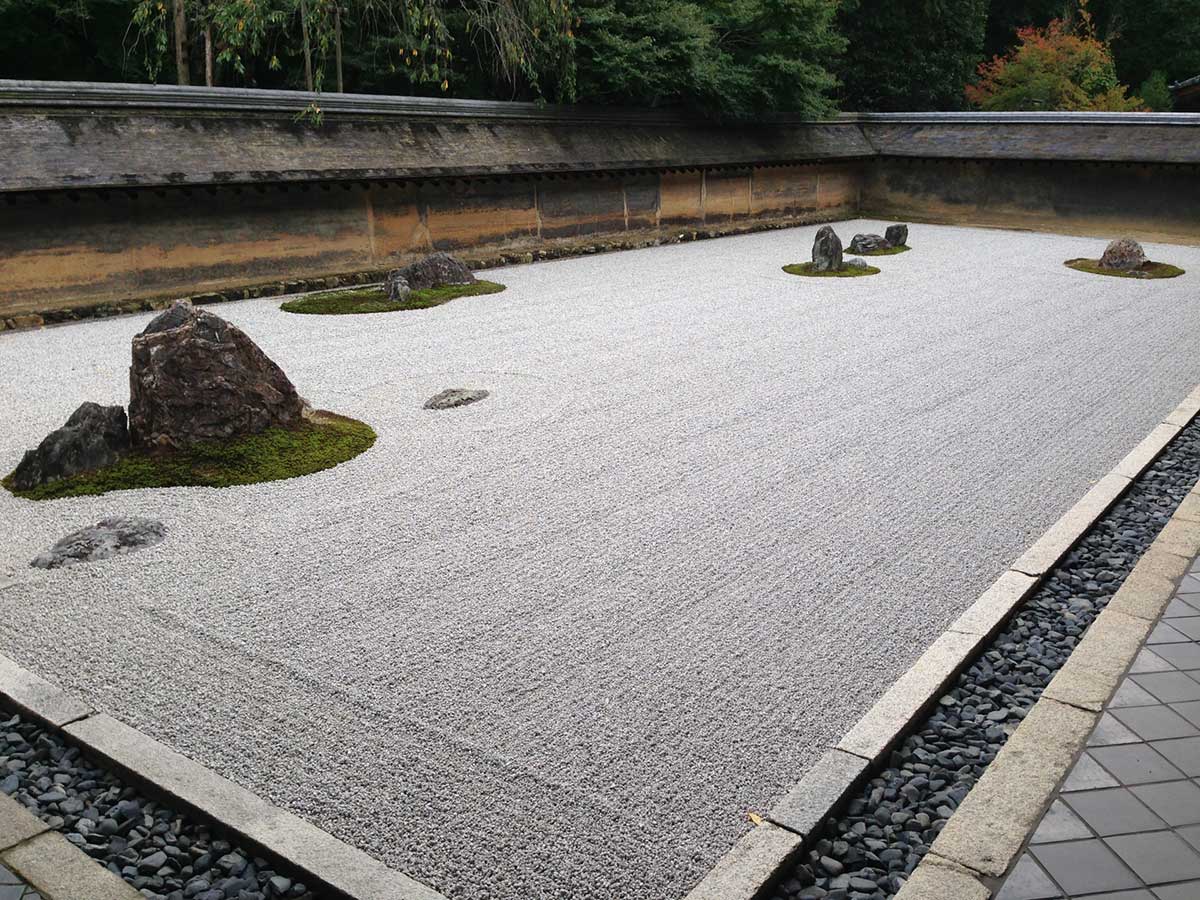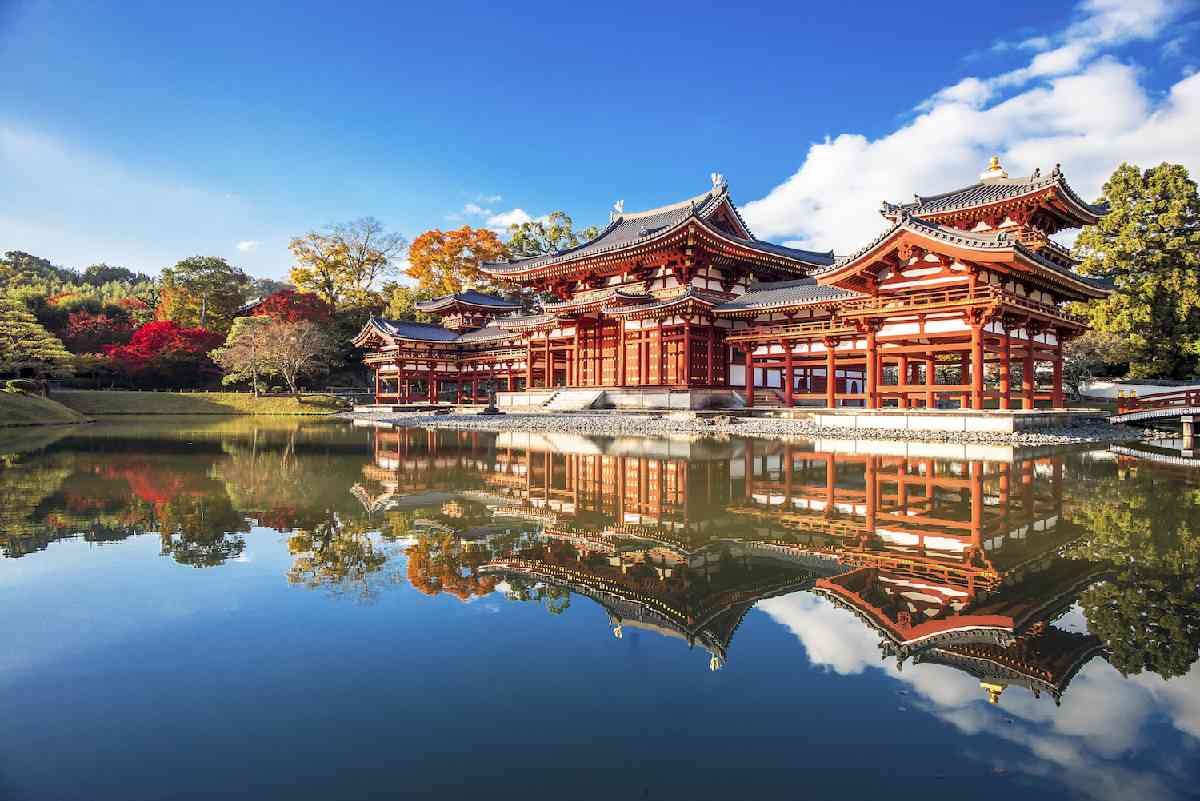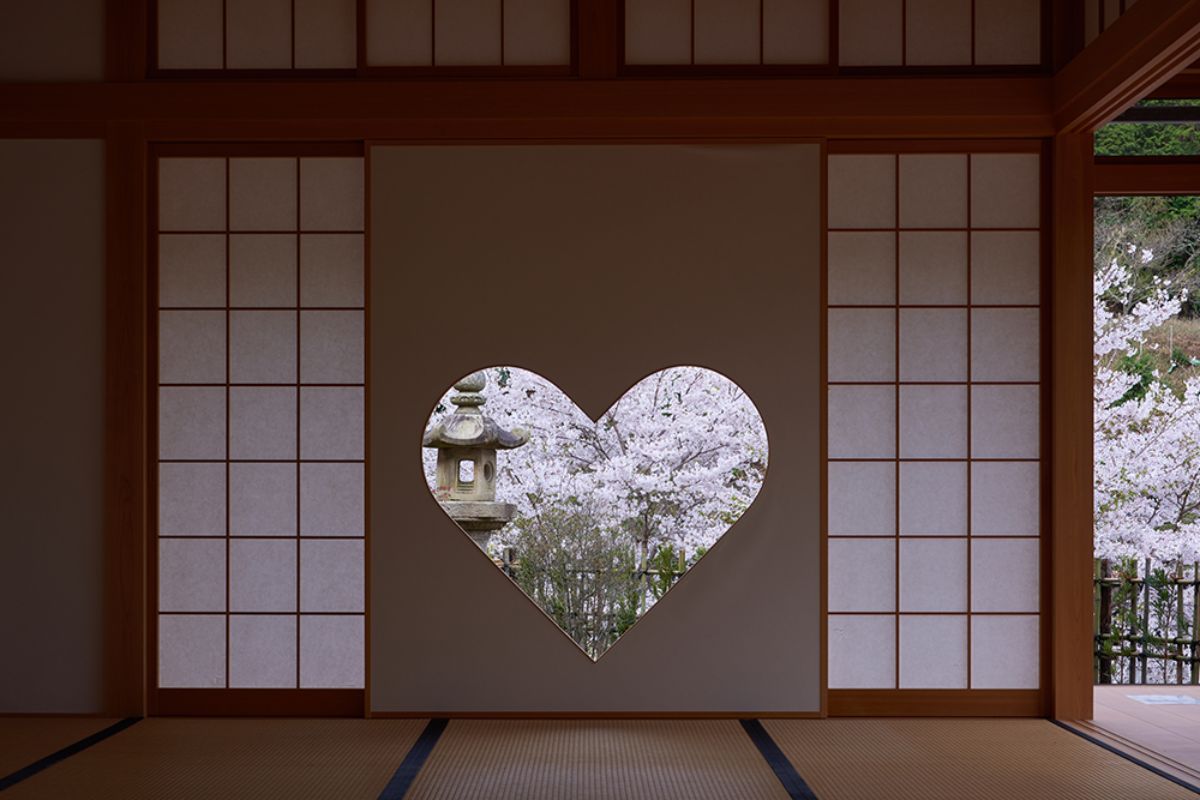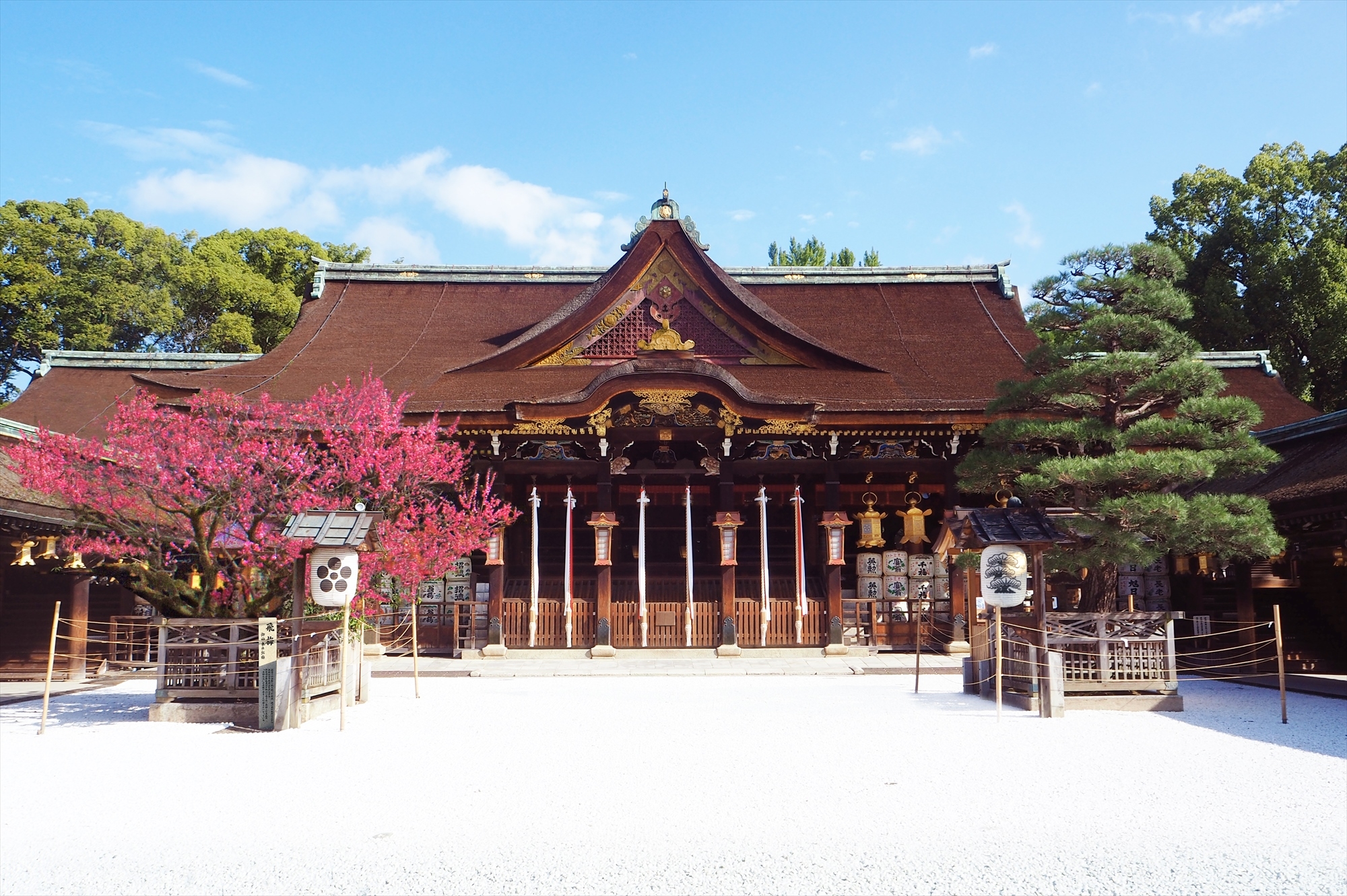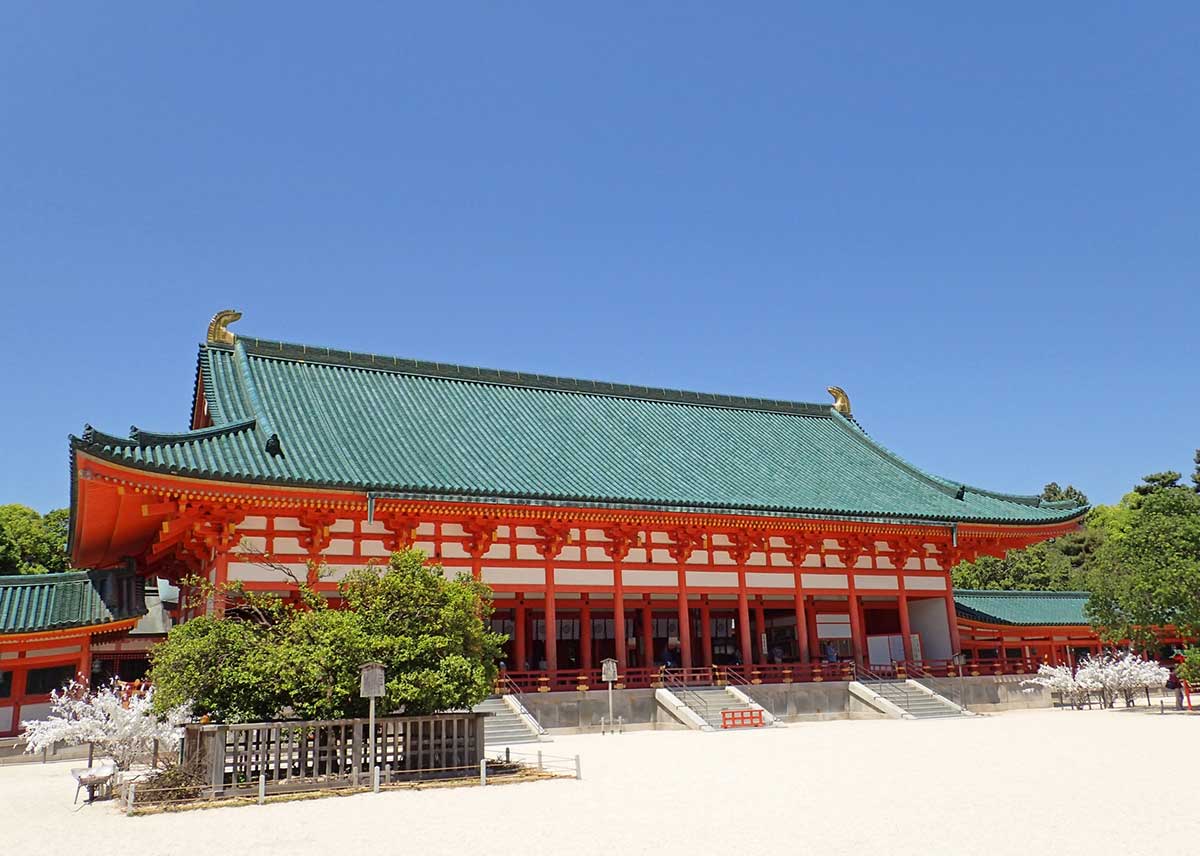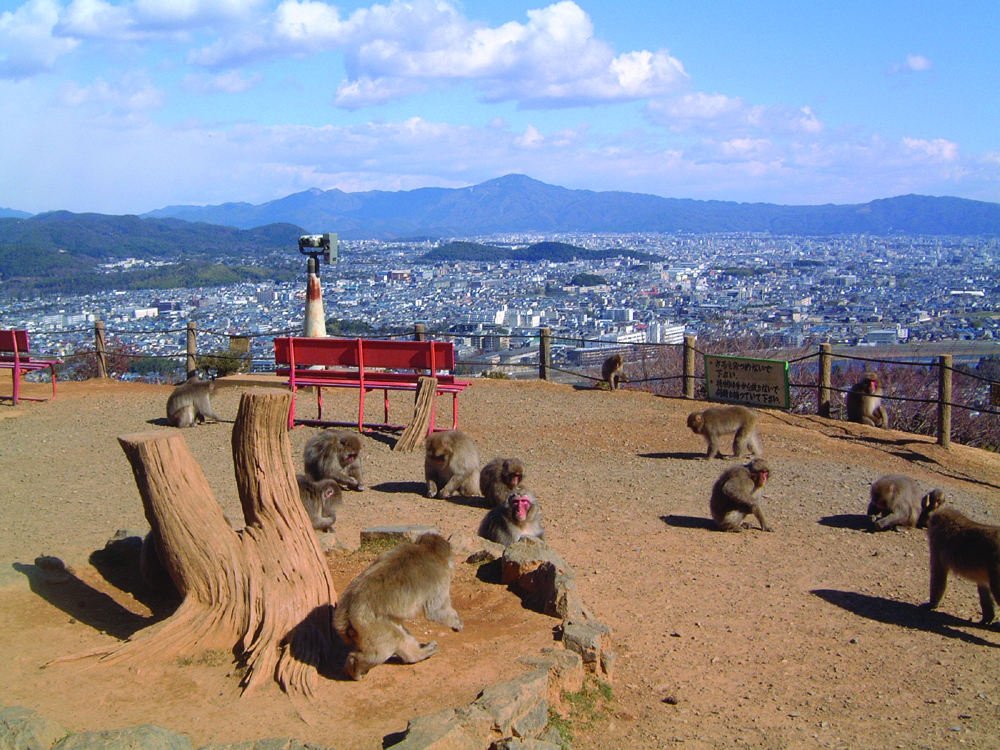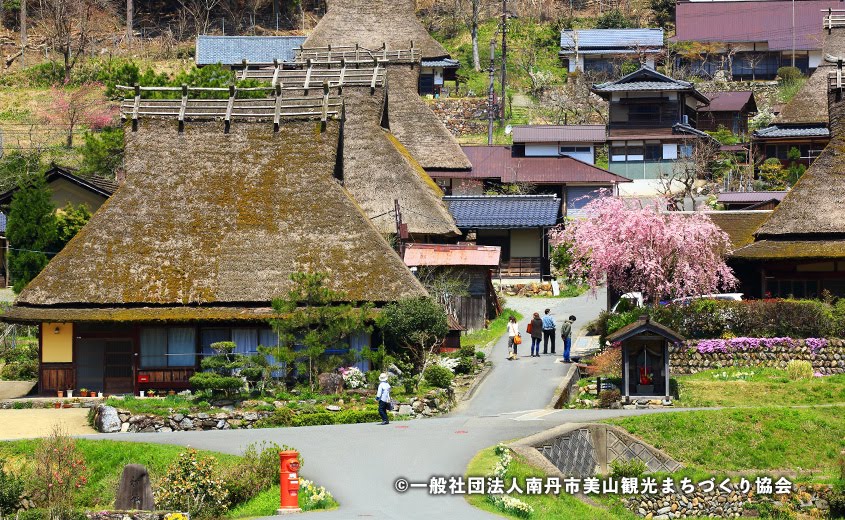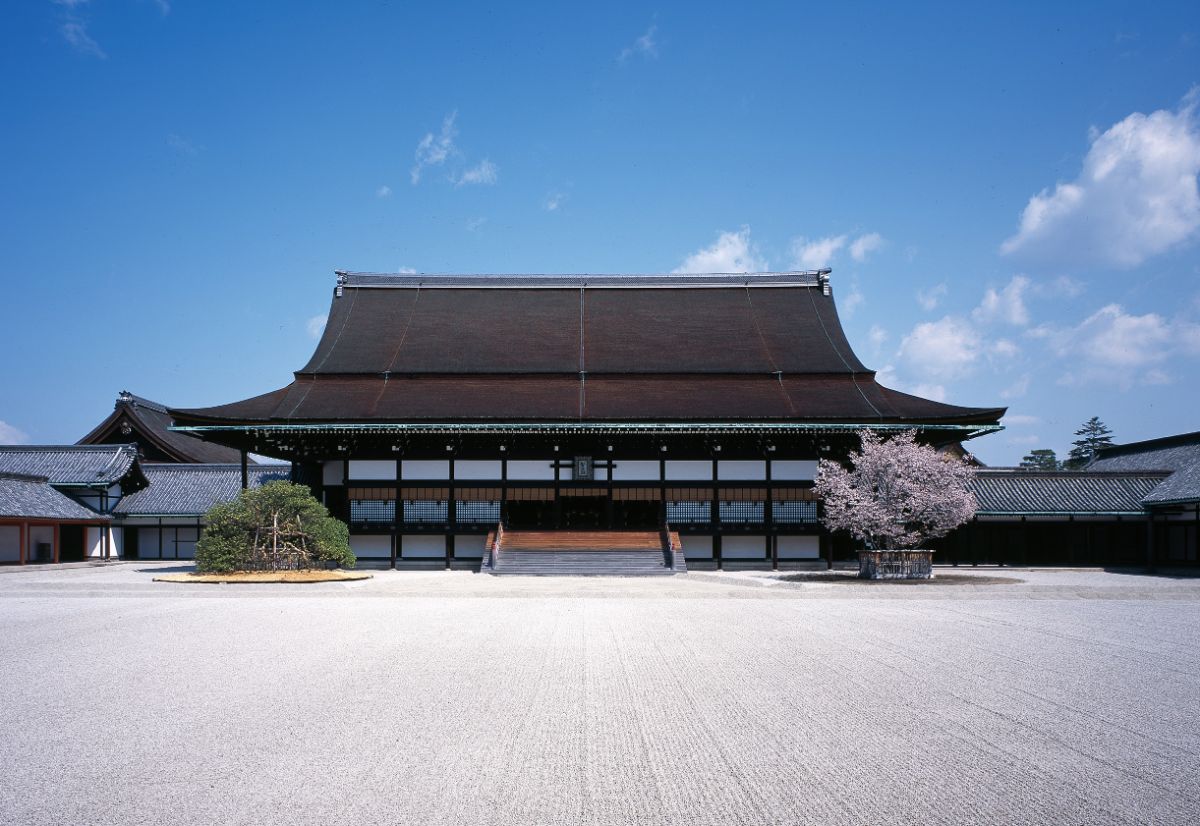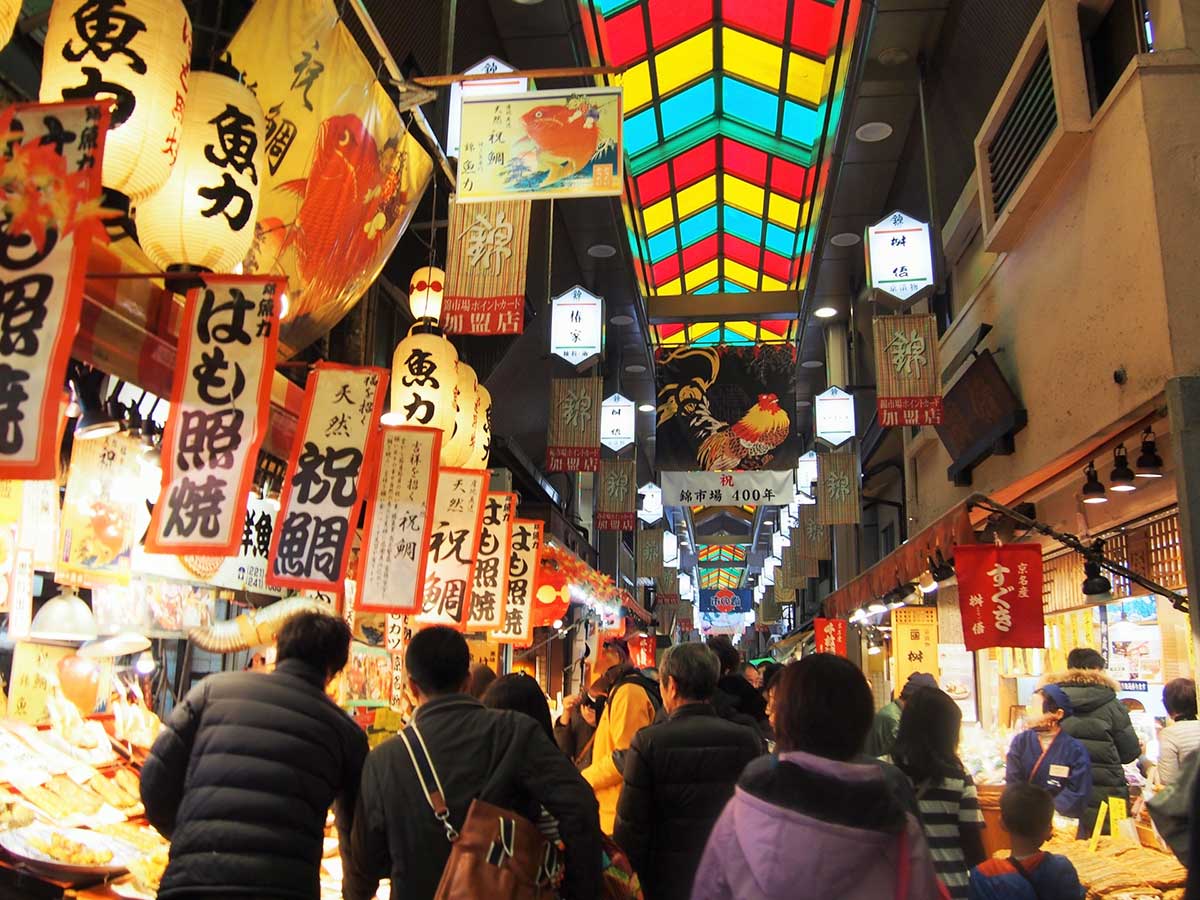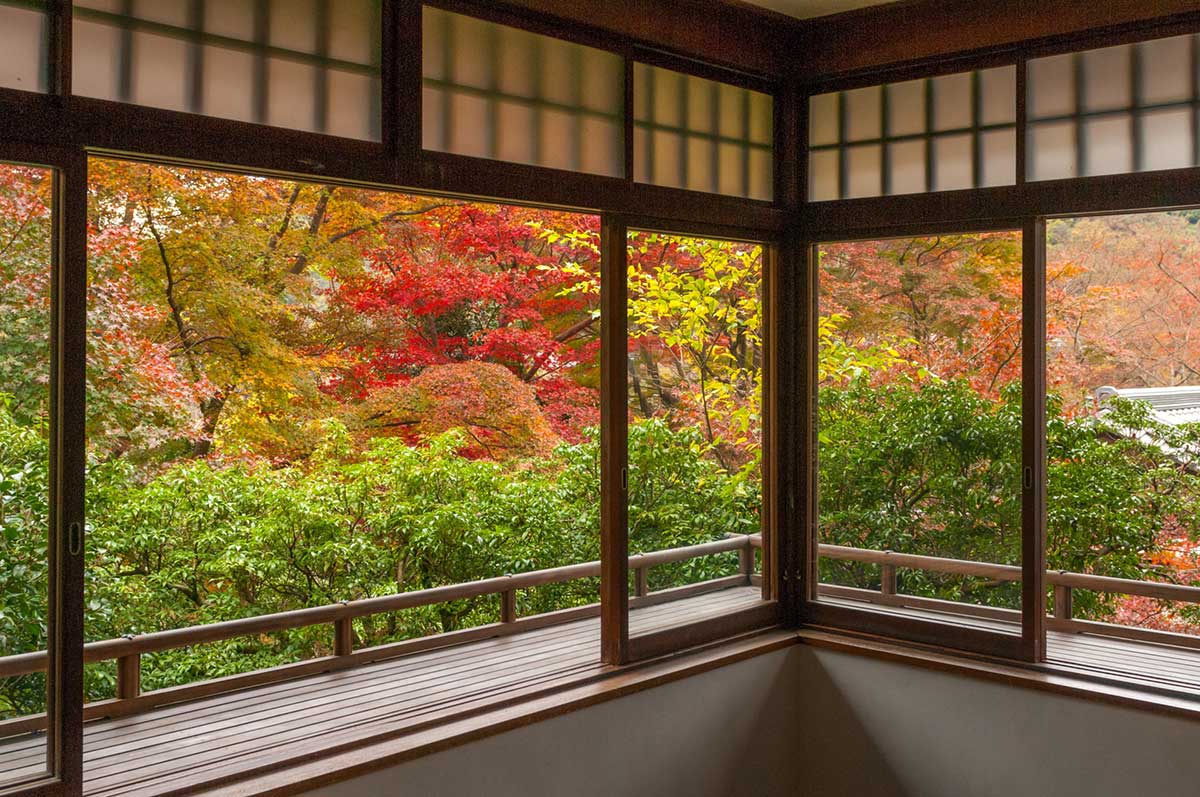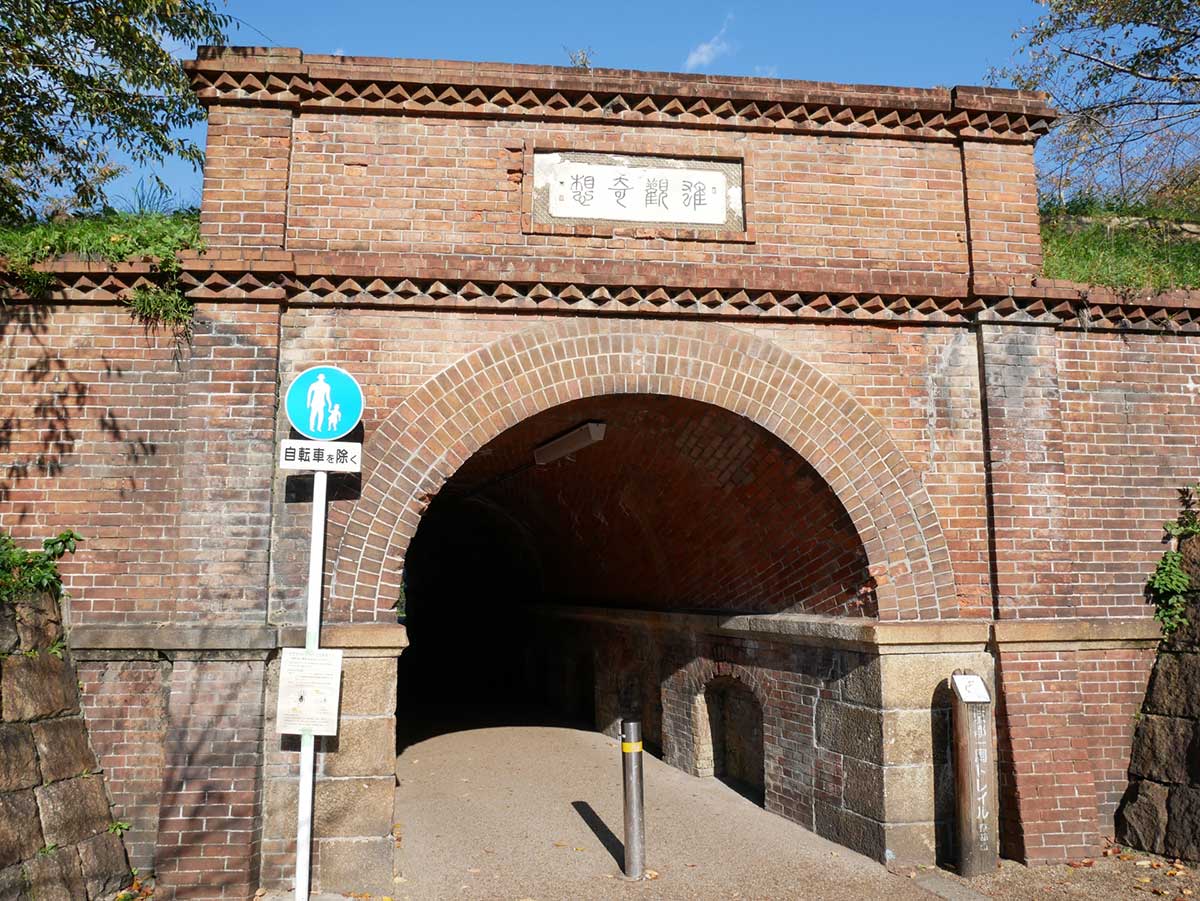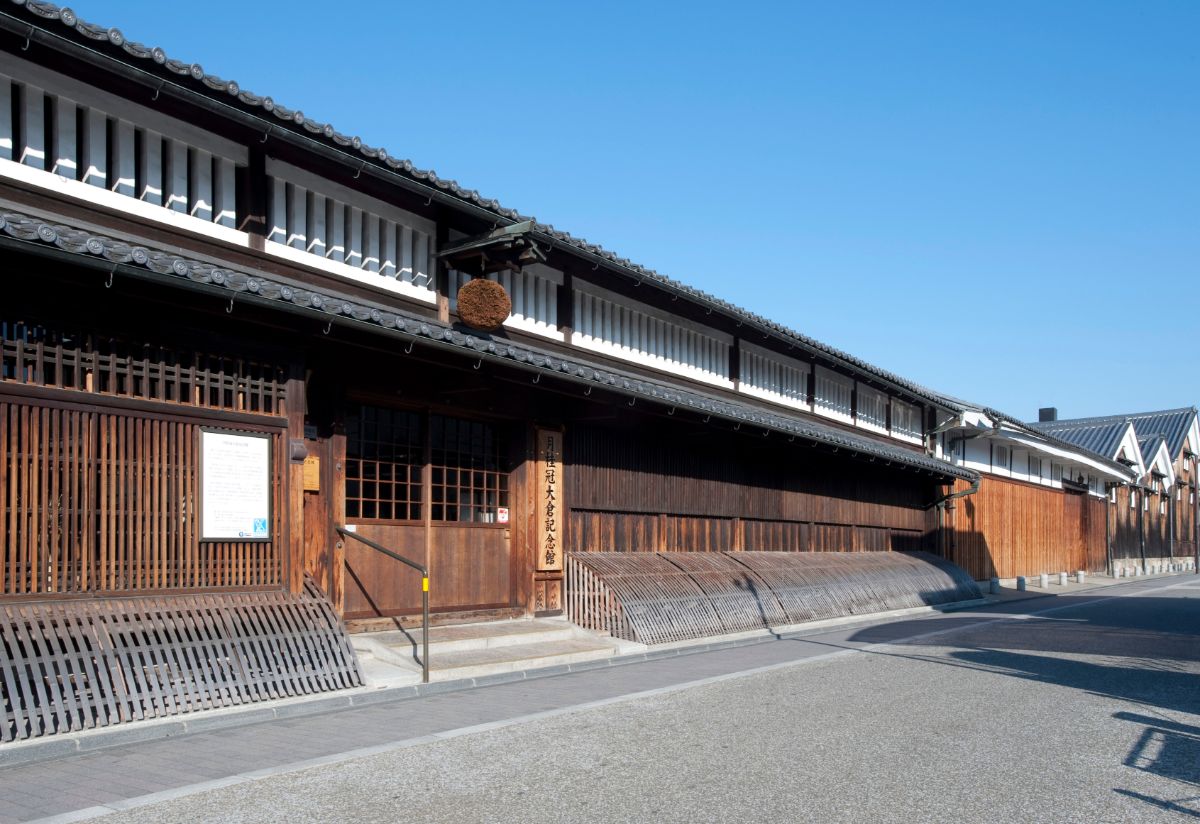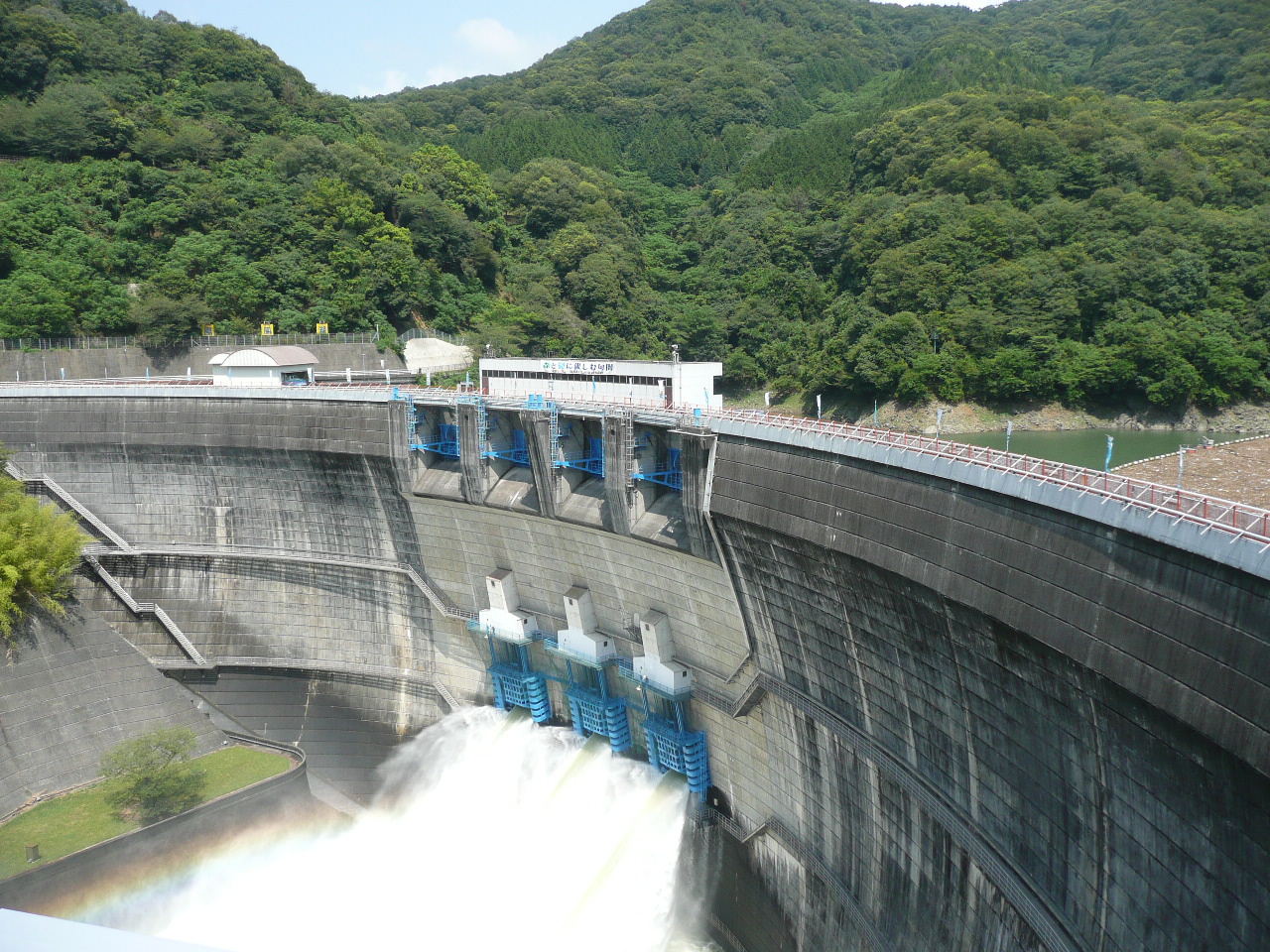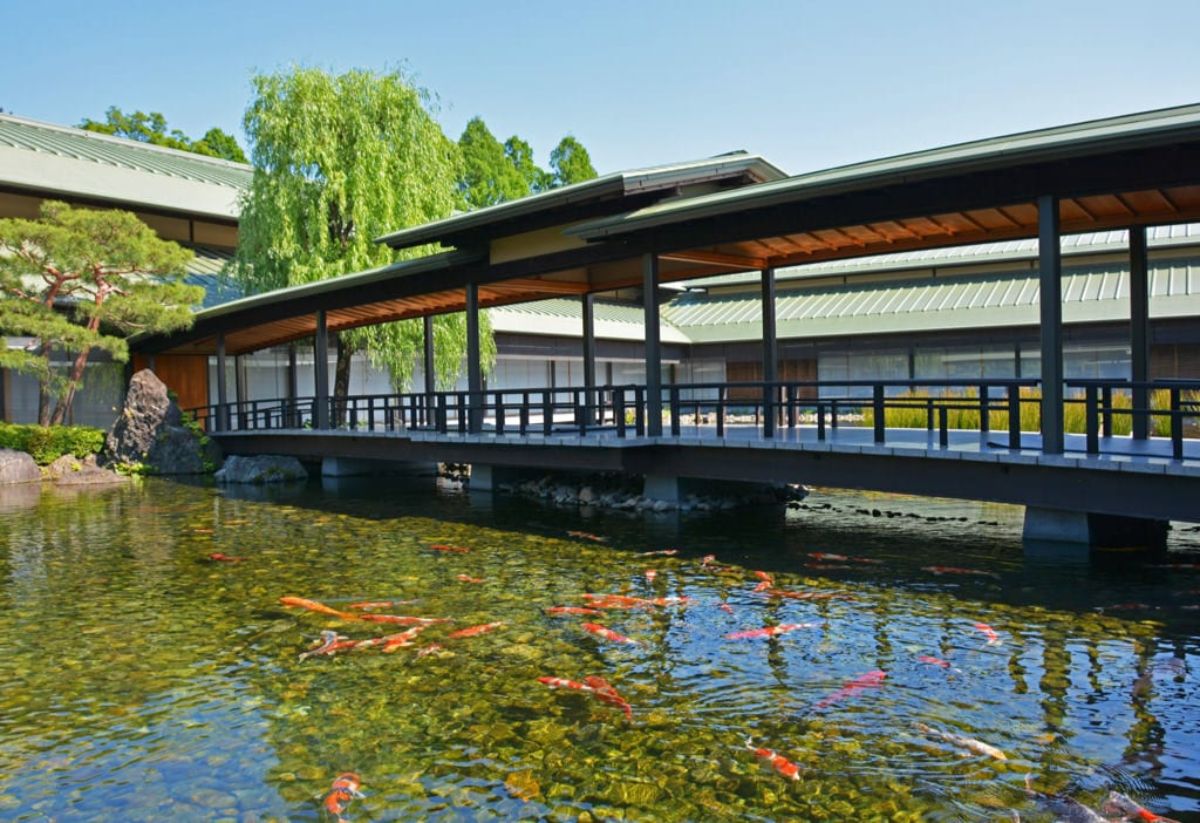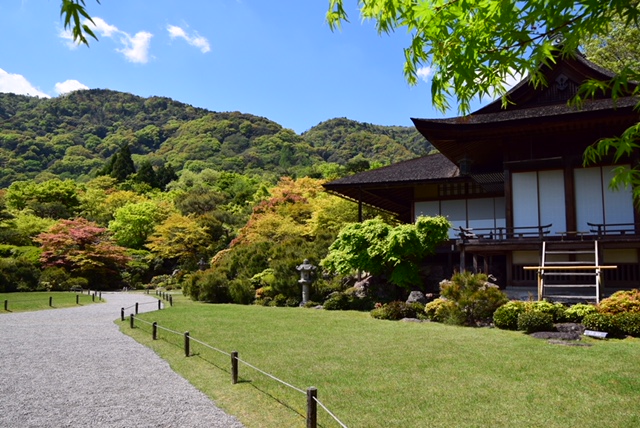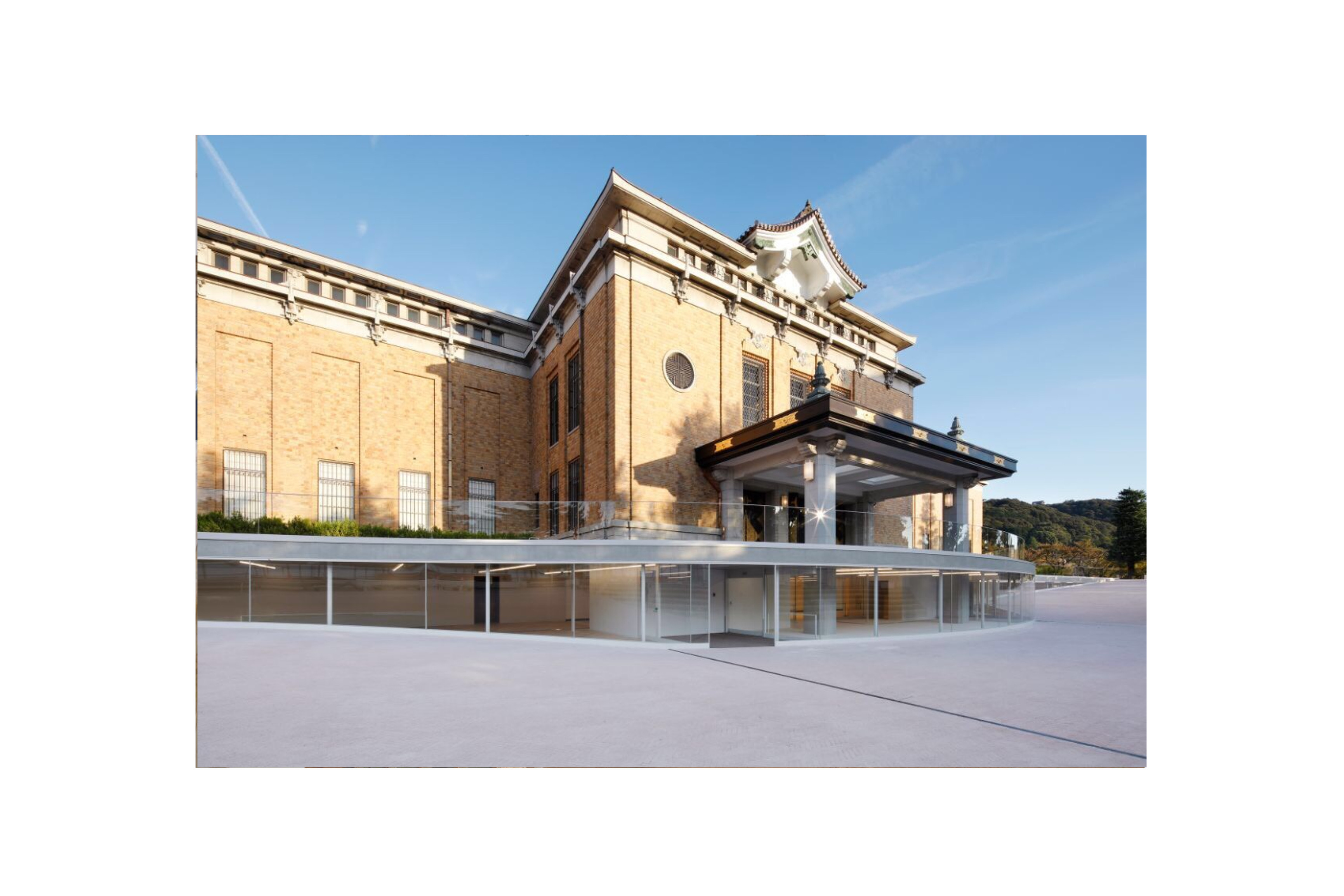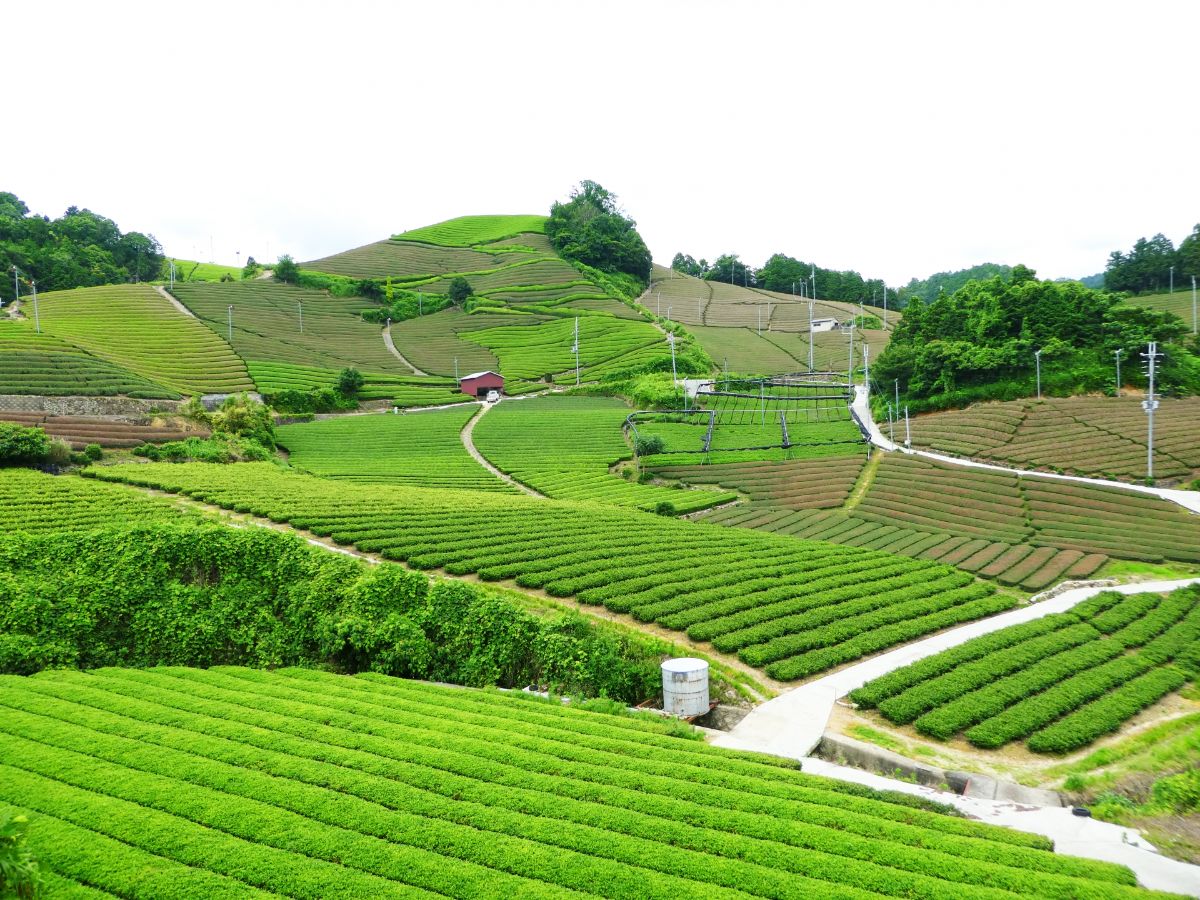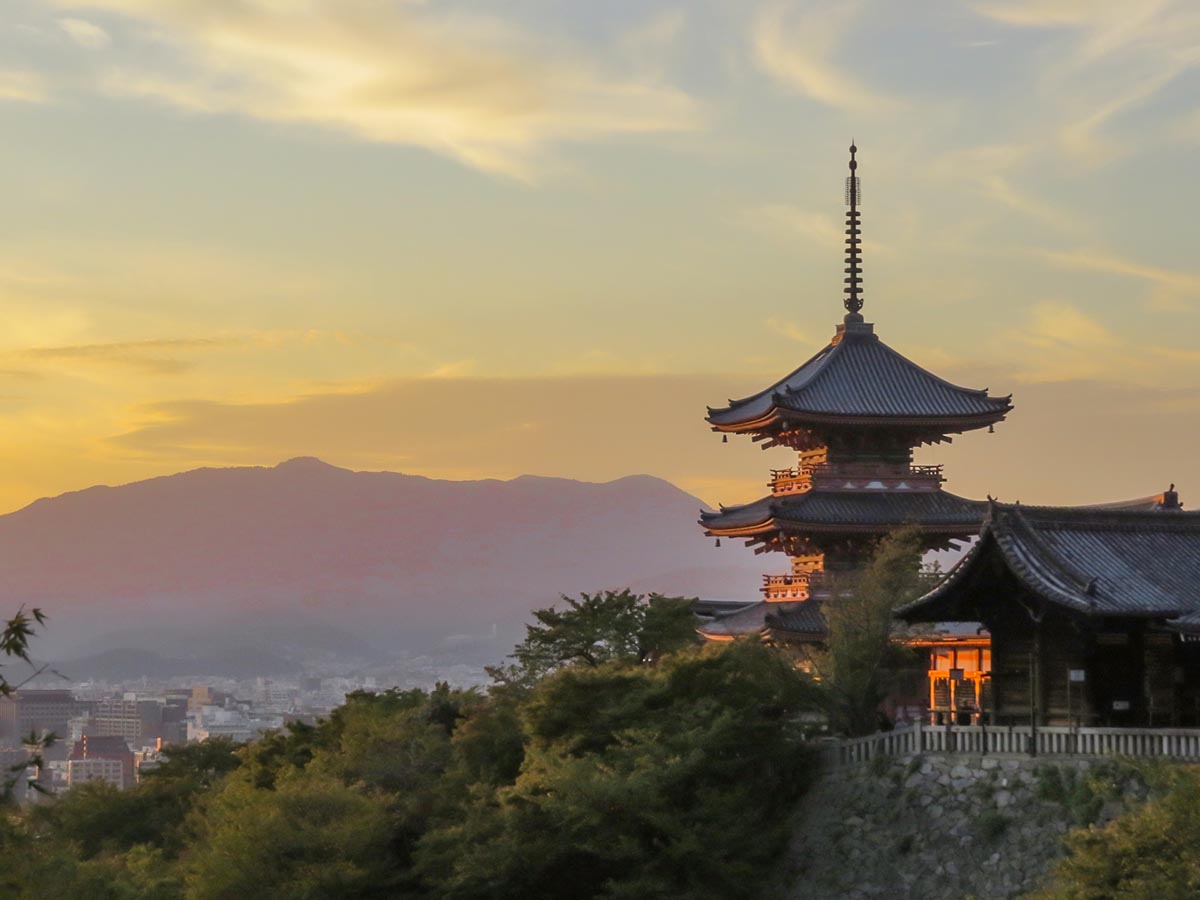
Kyoto
Kyoto truly is the center of traditional Japanese culture. It was the seat of the Japanese Emperor from 794 until the late 19th century, when he moved to Tokyo, making the city Japan's capital for about 1100 years. However, from the late 12th century, real political power in Japan was wielded by military governments or Shogunates outside of Kyoto. Nonetheless, Kyoto was always significant for its cultural status and prestige. Today, it is one of Japan's most popular tourist destinations, outranked perhaps only by Tokyo. This means that Kyoto can get crowded during popular seasons, especially in spring and autumn. However, the beauty of many of the temples and gardens in the city is hard to beat and the density of historical places is second to none. Kyoto refers to both a city and a prefecture. When people hear Kyoto, they usually think of the city which is surrounded by mountains on three sides, including Mt. Hiei in the northeast. However, Kyoto Prefecture also includes the historical town of Uji in the south and a number of scenic locations to the north, such as Amanohashidate. Kyoto is located in between Osaka and Lake Biwa, and north of Nara. It is conveniently accessed by train, though public transportation in the city itself is less so. While somewhat hilly, especially in the north, Kyoto is a good place for getting around by bike.

